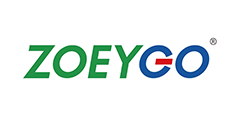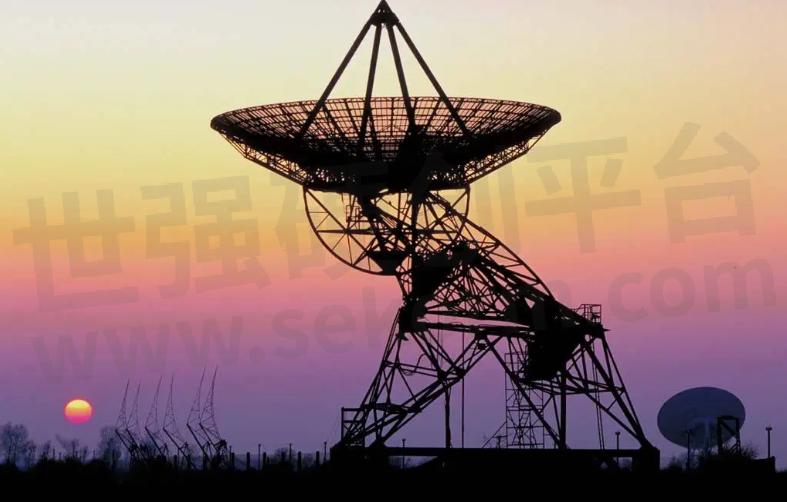Bidirectional DC-DC Converter: Efficient Power Conversion in Both Directions

In recent years, there has been a significant increase in the demand for bidirectional power conversion systems. These systems allow power to flow in both directions, enabling efficient energy transfer between different sources and loads. One crucial component of such systems is the Bidirectional DC-DC Converter. This article will delve into the working principle and advantages of the bidirectional DC-DC converter, highlighting its role in achieving efficient power conversion.
Working Principle
A bidirectional DC-DC converter is a power electronic device that converts direct current from one voltage level to another, while also allowing power flow in both directions. It consists of two main parts: an input stage and an output stage. The input stage typically consists of an active rectifier, which rectifies the input voltage, and a boost converter, which steps up the voltage as required. The output stage comprises a buck converter, which steps down the voltage, and an inverter, which converts DC to AC if needed.
When power flows from the input to the output, the active rectifier and the boost converter work together to increase the voltage level. This configuration allows efficient power transfer from a lower voltage source to a higher voltage load. On the other hand, when power needs to flow from the output to the input, the buck converter and the inverter step down the voltage and convert it to AC if necessary. This bidirectional capability makes the converter suitable for various applications, such as energy storage systems, electric vehicles, and renewable energy integration.
Advantages of Bidirectional DC-DC Converter
1. Energy Efficiency: Bidirectional DC-DC converters offer high energy efficiency due to their ability to transfer power in both directions. By facilitating bidirectional power flow, these converters minimize energy losses and ensure optimal utilization of the available power sources.
2. Power Flow Control: The bidirectional DC-DC converter provides effective control over the power flow direction and magnitude. This feature is particularly useful in applications where power needs to be transferred bidirectionally, such as in energy storage systems. The converter allows seamless switching between charging and discharging modes, ensuring efficient energy management.

Fig.1
3. Voltage Regulation: Bidirectional DC-DC converters enable voltage regulation in systems with different voltage levels. They can step up or step down the voltage as required, allowing compatibility between various sources and loads. This flexibility makes them ideal for integration with renewable energy sources, where voltage levels can vary significantly.
4. Improved System Reliability: By providing bidirectional power transfer, the converter enhances system reliability. It allows for redundancy in power sources, ensuring uninterrupted power supply even in the event of a failure or fluctuation in one source. This feature is especially critical in applications where a reliable power supply is essential, such as in healthcare or critical infrastructure.
Conclusion
The bidirectional DC-DC converter plays a vital role in achieving efficient power conversion in both directions. Its ability to transfer power bidirectionally, coupled with its energy efficiency and power flow control capabilities, makes it a crucial component in various applications. As the demand for bidirectional power conversion continues to rise, further research and development in this field can lead to even more advanced and efficient converters, contributing to a sustainable and reliable energy future.
- +1 Like
- Add to Favorites
Recommend
This document is provided by Sekorm Platform for VIP exclusive service. The copyright is owned by Sekorm. Without authorization, any medias, websites or individual are not allowed to reprint. When authorizing the reprint, the link of www.sekorm.com must be indicated.

































































































































































































































































































































































































































































































































































































































































































































































































































































































































